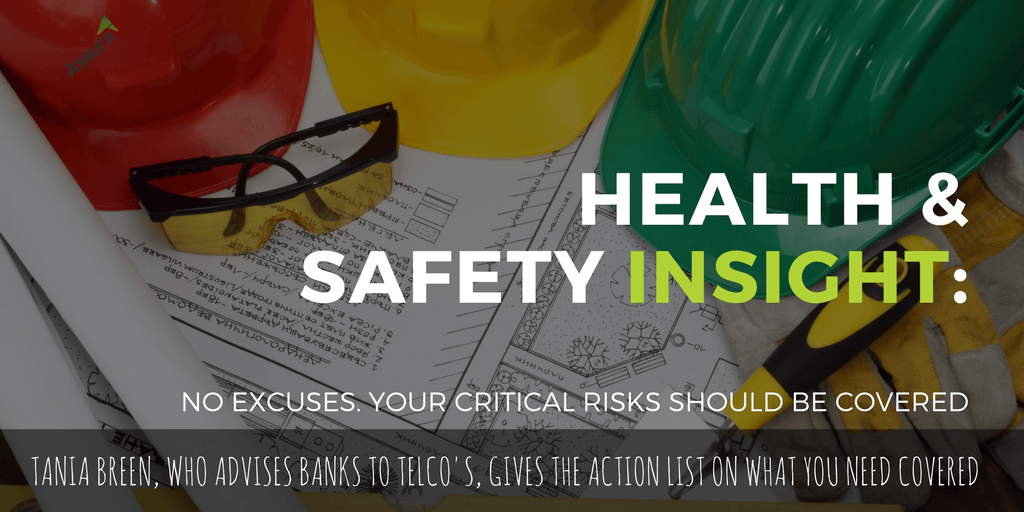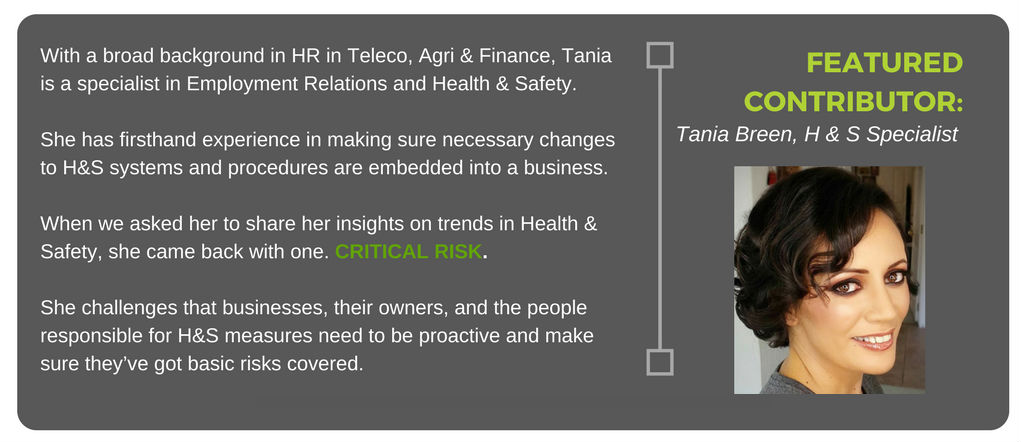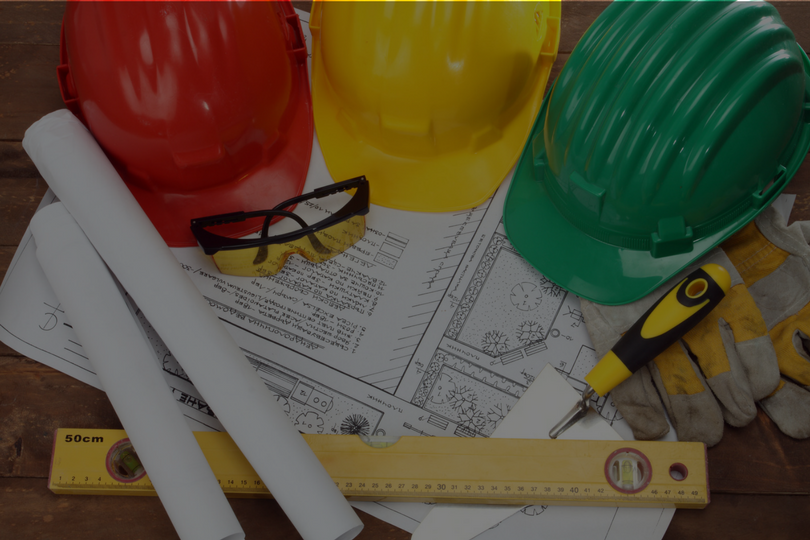

When I’m at H&S seminars, forums or training, I often hear the comment “we’re waiting for that big case, the first big prosecution under the HSWA, which will set the standard of how Worksafe apply the definitions of the HSWA and what prosecution precedents might be going forward”. And that’s just wrong thinking. The HSWA has been implemented and people are still dying at work. And they shouldn’t be – we need to re-calibrate how we manage critical risks
The Cases are already here & ‘later’ isn’t the time to put safety first
79 prosecutions have been made since April 2016 under the previous H&S Act 1992 for breaches in 2014 and 2015. The court summaries are a grim read – far too many were critical.
Surprisingly, some of the summaries showed causes were down to a lack of basic Health and Safety Processes. We’re talking simple practices that organisations committed to looking after their people, shouldn’t have been missing.
When a serious workplace accident happens, its easy to jump straight into the investigation and what we could have done to prevent it, rather than honing in on the anomaly that caused the outcome. Sometimes, it’s just not what we thought it would be.
Workers often understand the risks in their workplace better than anyone. So it’s not surprising that there’s considerable research to show that involving them in decisions on health and safety can help reduce harm at work.
At a bare minimum to address critical risk you should have the below in place (or get in place lickety split!):
- Critical risk controls are designed to prevent serious injuries or illness – these are a key thing to monitor
- In managing a critical risk, you should assess what might go wrong if a critical risk controls fails, what safeguards are in place to mitigate harm if this happens?
- Periodically review the types of controls used, are enough to manage risks effectively, are they still effective?
- Does everyone know the controls and do they have the ability to follow them?
Managing risks at work doesn’t need to be a burden, complex or costly to implement. But you must take positive action and apply the most appropriate solution.
Thinking of Health and Safety as a legislative checklist isn’t okay anymore
Every organisation has a policy or two stuck in a back drawer somewhere because they’re supposed to.
The big question is whether ongoing accidents might elude to a systematic failure, or is it still the age old ‘she’ll be right’ Kiwi attitude towards safety?
Are New Zealand Businesses prioritising Health & Safety like they should be? Or are we following the bare minimum required by law, rather than nurture a safety first culture?
For 2017, we tracked 30 fatalities at work by July (excl CAA and Maritime NZ stats).
Worksafe CEO Nicole Rosie says “it’s the same stuff that’s causing these accidents that has been for the last 10 years; it’s our critical risks, the things like forklifts and people interaction, falls from ladders etc”.
The reality is that people are exposed to risks every day, but we need to be doing more to manage those critical risks that can cause serious harm
Make sure you’ve got the basics covered (we’ve got a checklist)
It’s not just about what the regulator requires – Critical Risk Management’s sole purpose is to help eliminate serious injuries, illnesses and fatalities.
In legal words, A Person Conducting a Business or Undertaking (PCBU) is responsible for managing work health and safety risks – that’s everyone in business.
So what can you do?
- Make sure workers and health and safety reps are involved in the risk management process – not just doing it, but helping to develop it
- Using your people to help shape safer work systems will yield better results – they can suggest practical, cost-effective solutions, and are more likely to make them happen in practice. By drawing on the experience and ideas of your team, you’re likely to identify all hazards and collectively choose control measures that will work
- Make sure the people responsible for managing risk have the right training and skills to do the job – and just as importantly, they know when they need to contact a specialist or senior leader for help
- Help build the right story – and that’s not a story about about rules but one about taking care of each other – where safety is part of what you do
- It’s critical to have a system to manage your processes, identify risks, hazards and controls
- And YOU MIGHT JUST FIND THAT PAPER AND SPREADSHEETS WON’T CUT IT
Yep, compliance is such a sexy word, but do you really want to be in the numbers? And let’s be honest, getting H&S right make for better work stories.
Talk to us about how we can help you look beyond just ‘following the law’, and use systems and tools to create a not only a safe, but a happy and healthy workplace for your employees.

